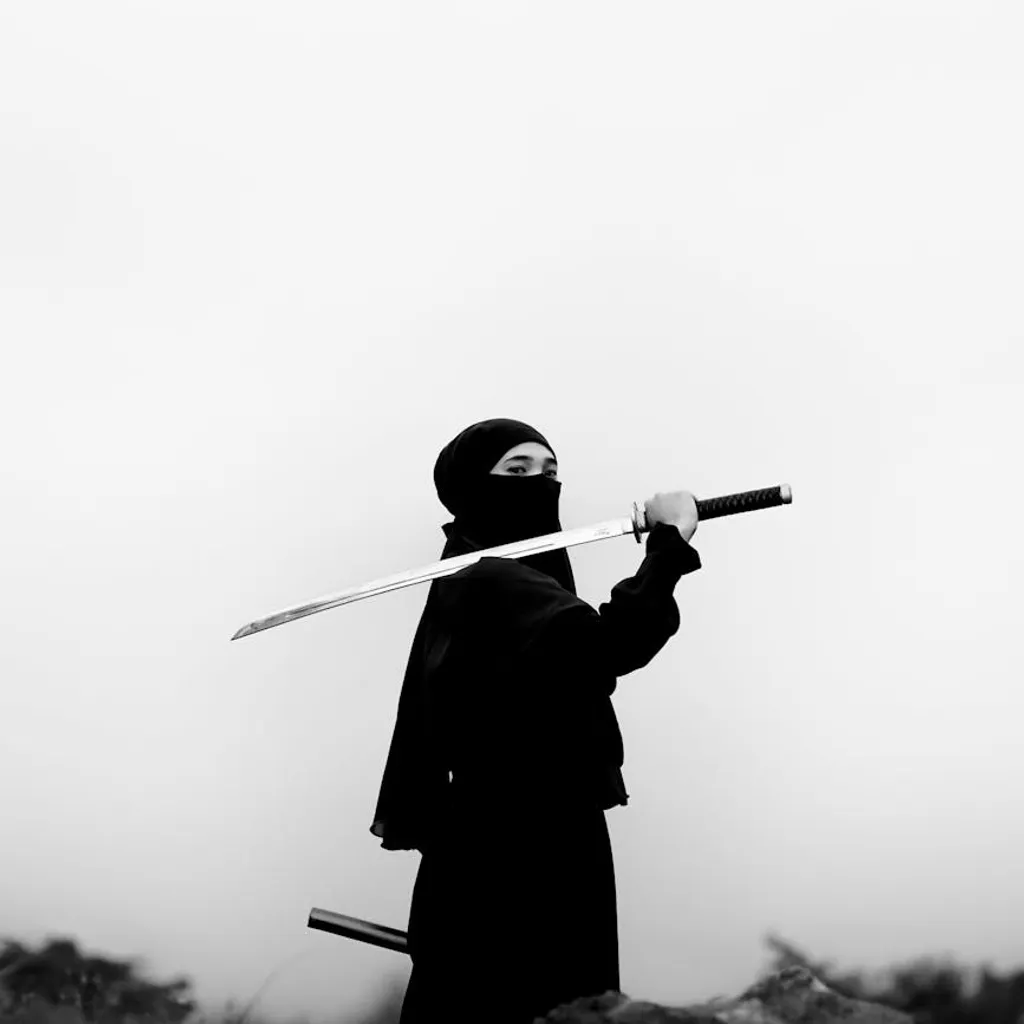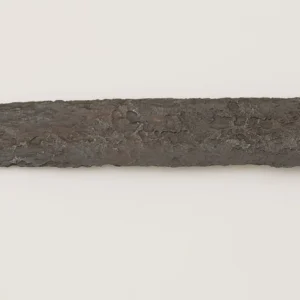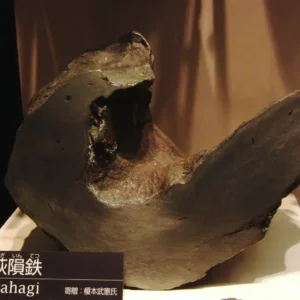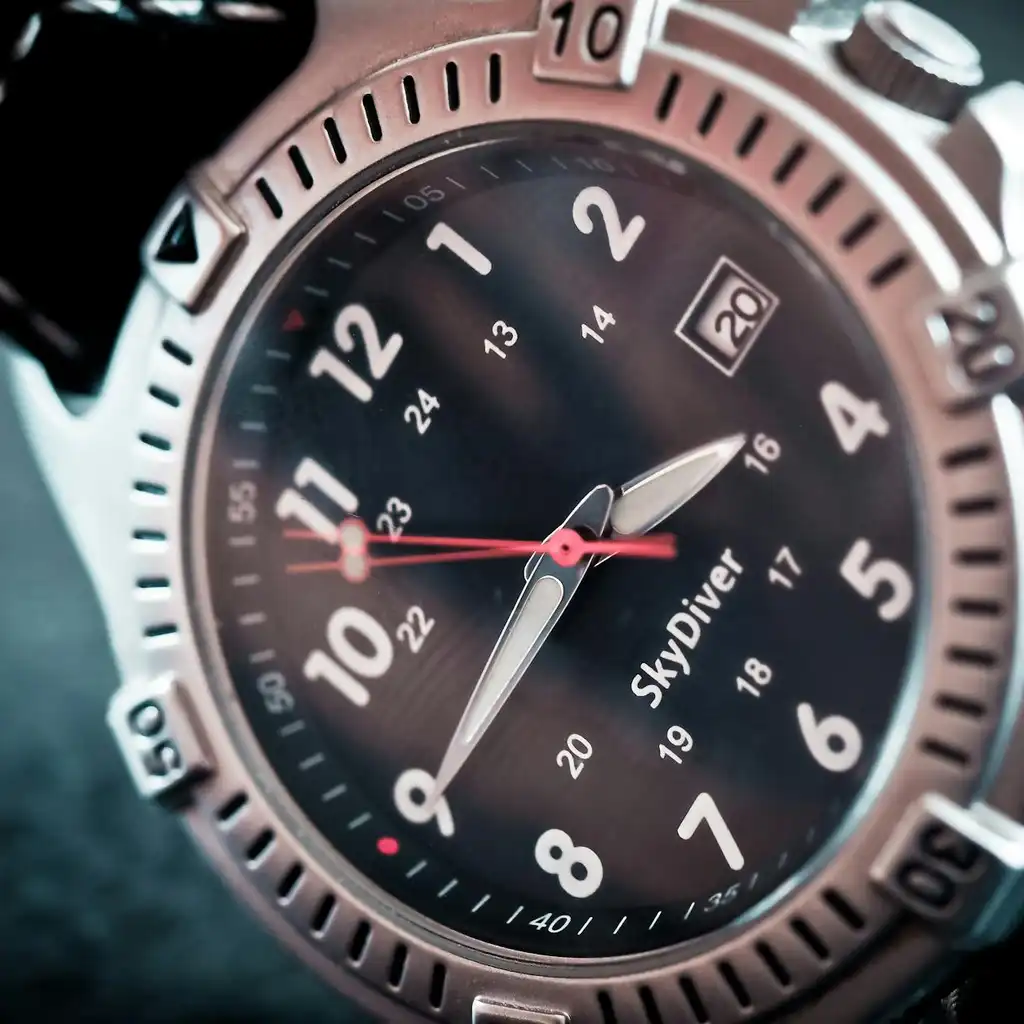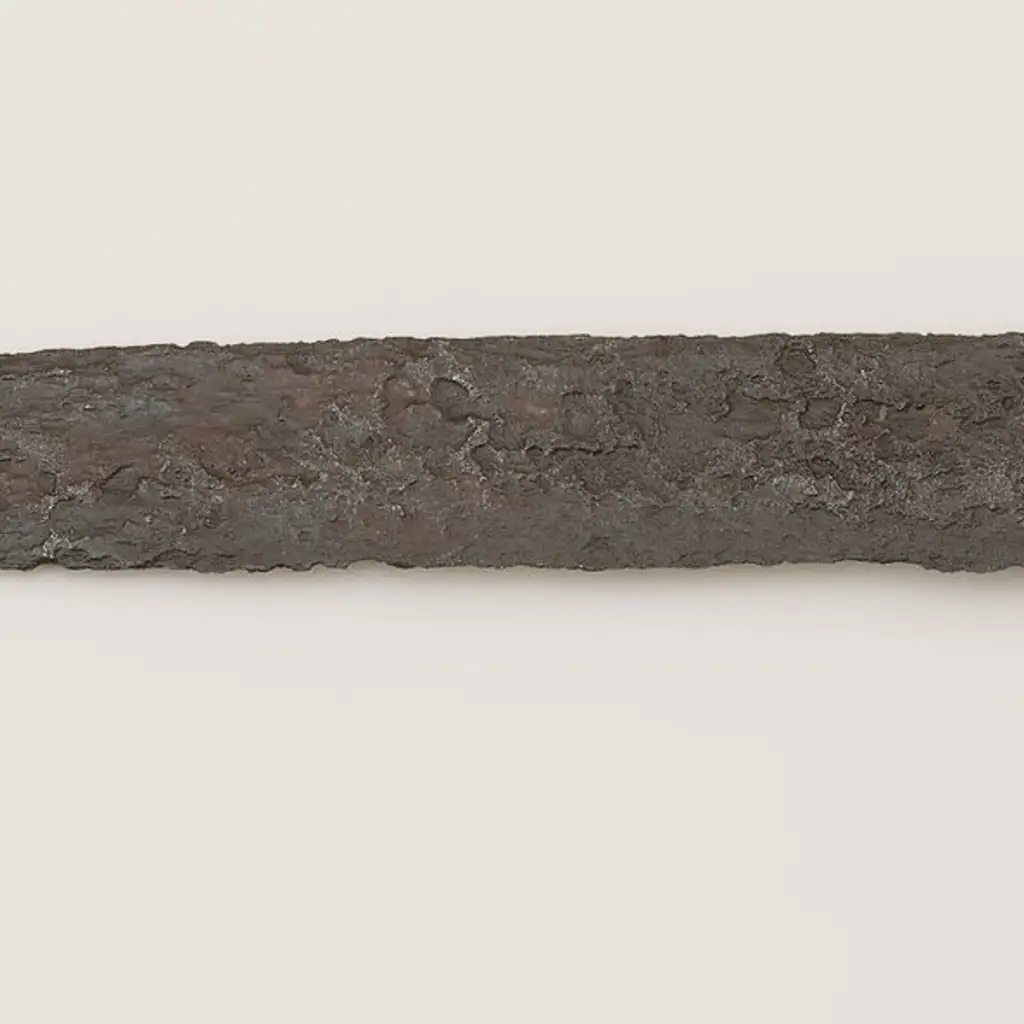1. The Blade: The Heart of the Katana
A katana’s blade, with its iconic curve, is revered for its sharpness, durability, and artistry. Traditional forging methods give each blade distinct characteristics, like the kitae (steel’s grain) and hamon (temper line), showcasing the swordsmith’s skill. The blade itself often dictates a katana’s value, with quality and preservation as key factors.
2. The Signature and Tang: Traces of History
An authentic katana typically features the swordsmith’s signature, or mei, on the tang (nakago), providing a glimpse into the sword’s origins. Some blades are “o-suriage” (shortened) and may lack a signature, which is common in swords from the 13th–15th centuries and doesn’t detract from their value.
3. The Handle and Guard: Functional Artistry
The handle (tsuka) is crafted for a secure grip, typically wrapped with materials like silk or leather and adorned with menuki (ornamental grip aids). The guard (tsuba), while decorative, serves to protect the hand and often reflects the owner’s taste, with designs that range from simple to intricate.
4. Certification: Authenticity and Value
Certifications from organizations like the Nihon Bijutsu Token Hozon Kyokai (NBTHK) authenticate a sword’s quality and origin. These “origami” papers are a testament to a blade’s ranking and add considerable value. Some katanas also bear inscriptions on the shirasaya (storage scabbard), which can further bolster their historical credibility.
5. Condition: Evaluating Flaws
The condition of a katana is crucial in determining its value. Flaws (kizu) such as edge chips, weld imperfections (fukure), or cracks (hagire) can diminish its functionality and worth. Understanding and assessing these potential flaws is essential for any collector or buyer.
Tips for First-Time Katana Buyers
If you’re considering buying a Japanese samurai sword, here are essential tips:
- Focus on the Blade Quality: The blade is the heart of the katana. Look for a well-crafted hamon, curvature, and steel quality to ensure it meets high standards.
- Opt for Certified Blades: Seek out swords that have been authenticated by Japanese institutions, ideally with yellow or Juyo Token certificates, which ensure recent verification.
- Follow Your Taste: Katana styles vary significantly, from 13th-century pieces to those with flamboyant 17th-century aesthetics. Choose a piece that resonates with your personal preferences.
- Consider Value for Money: A wakizashi can offer a high-quality, more affordable option compared to a katana of the same grade. A shirasaya (simple storage mount) may also be preferable over decorative koshirae for budget-focused buyers.
- Educate Yourself: Understanding Japanese sword history and design enhances appreciation and discernment. Books and reliable websites provide in-depth insights into nihonto and will help you develop an eye for quality.
Collecting Tips for Enthusiasts
As you start or expand your collection, keep these strategies in mind:
- Set a Budget: Decide if you want a few high-quality katana swords or a diverse collection of varying types and grades.
- Consult Experts: Seek guidance from reputable dealers and collectors to avoid costly mistakes, such as buying imitation swords or misidentified pieces.
- Exercise Auction Caution: Auctions can be competitive and items are often sold “as is.” Verify details and set a clear budget before bidding.
- Trust Your Instincts: Follow your personal taste when selecting a sword. The connection you feel with a particular piece can be a guiding force in your collecting journey.
Embracing the Katana’s Legacy
Whether you’re a martial artist, a collector, or simply an enthusiast, each katana represents the samurai spirit and a piece of Japanese culture. By focusing on authenticity, quality, and personal connection, you can build a collection that honors these legendary weapons as works of art and historical treasures.
